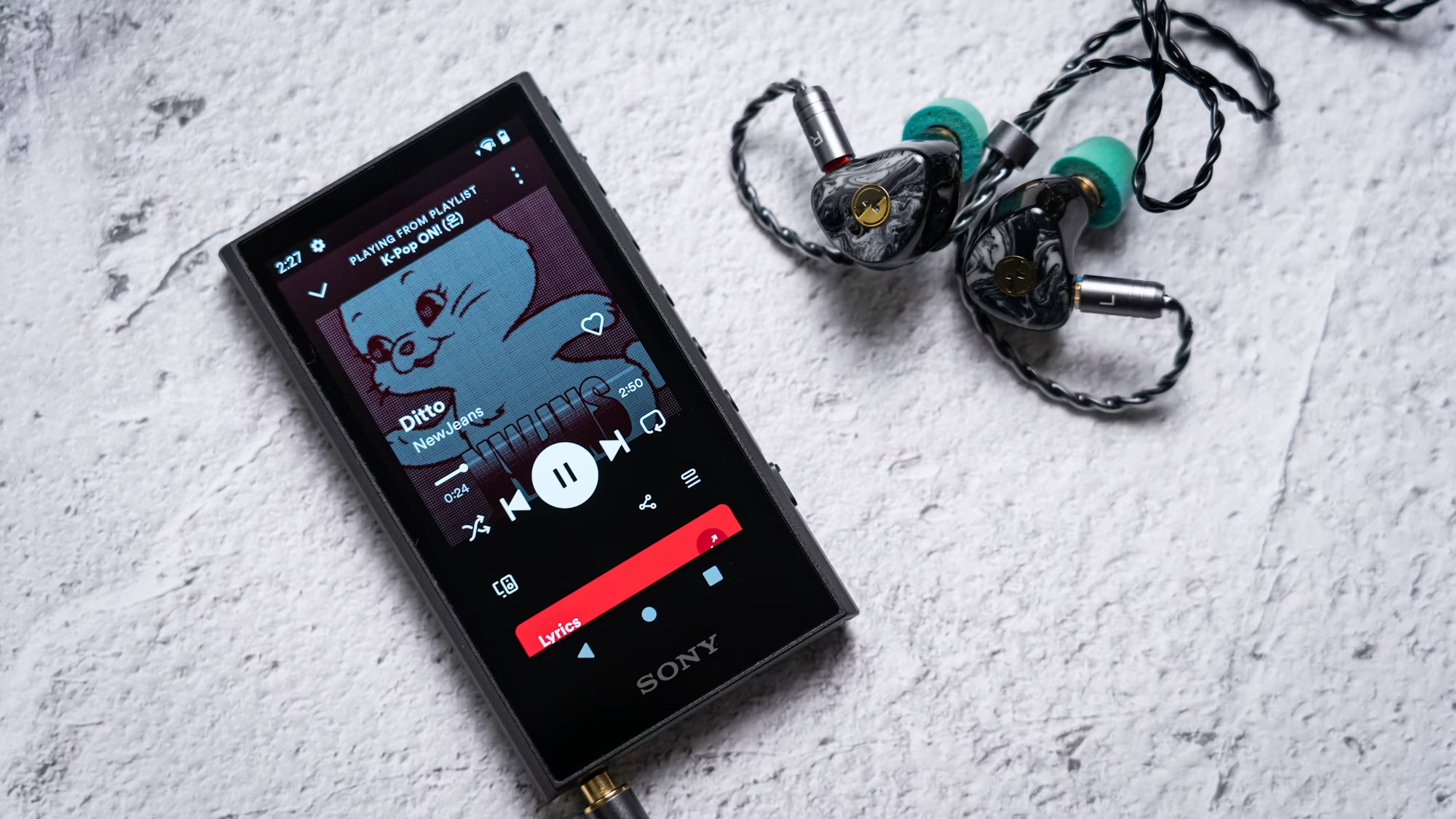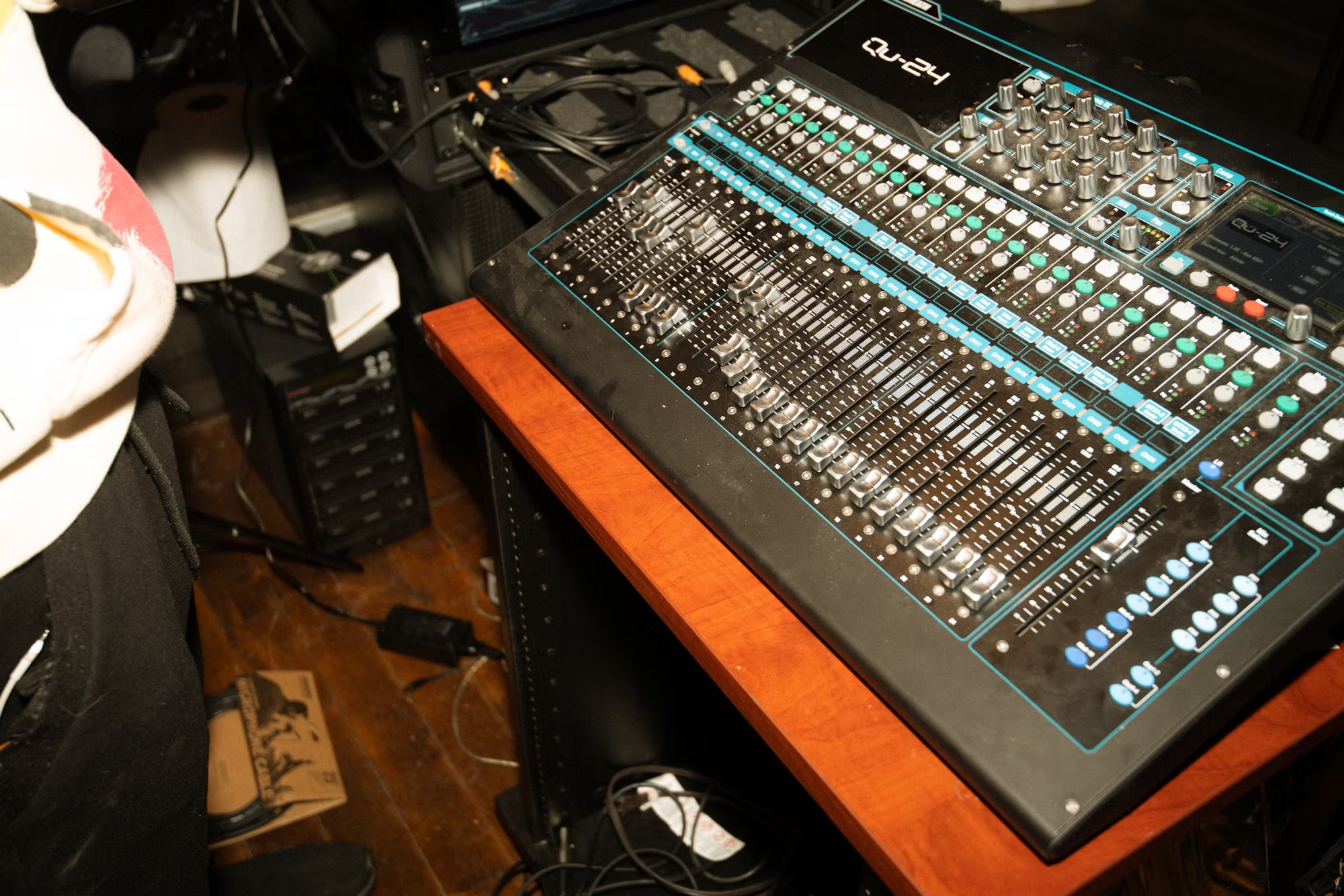Music production is an intricate art that has evolved dramatically over the years, transforming how music is created, recorded, and experienced. With advancements in technology, producers today have a vast array of tools and techniques at their disposal, allowing them to craft soundscapes that resonate with listeners on a profound level. This article will explore the essential elements of music production, the role of technology, and the creative processes that lead to the creation of captivating music.
Understanding Music Production
At its core, music production encompasses the entire process of creating a song, from the initial idea to the final mix. This includes songwriting, arranging, recording, editing, and mixing. Producers often collaborate with artists to bring their visions to life, acting as a bridge between the artist’s creativity and the technical aspects of recording.
The role of a producer can vary widely depending on the genre and the artist’s needs. Some producers focus on the technical aspects, such as sound engineering and mixing, while others may take a more hands-on approach, guiding the creative direction of a project. Regardless of their style, successful producers possess a deep understanding of music theory, sound design, and the emotional impact of sound.
The Tools of the Trade
Digital Audio Workstations (DAWs)
One of the most significant advancements in music production has been the rise of Digital Audio Workstations (DAWs). These software platforms allow producers to record, edit, and mix music all in one place. Popular DAWs like Ableton Live, Pro Tools, and Logic Pro offer a user-friendly interface and a plethora of features that streamline the production process.
With a DAW, producers can layer multiple tracks, adjust audio levels, and apply various effects to enhance the overall sound. The flexibility and power of these tools have democratized music production, enabling aspiring artists and producers to create high-quality recordings from their home studios.
Hardware and Instruments
While software plays a crucial role in modern music production, hardware instruments and equipment remain integral to the process. Traditional instruments like guitars, pianos, and drums add an organic element to recordings, while synthesizers and drum machines offer unique sounds that can define a genre.
Producers often invest in high-quality microphones, audio interfaces, and monitors to ensure that their recordings capture the nuances of sound. These tools help to create a polished final product that meets industry standards. Additionally, the resurgence of analog equipment, such as tape machines and vintage synthesizers, has brought a warmth and character to contemporary music that many producers seek to replicate.
The Creative Process
Songwriting and Arrangement
The creative process begins with songwriting, where artists and producers collaborate to develop melodies, harmonies, and lyrics. Effective songwriting captures emotions and tells stories, allowing listeners to connect with the music on a personal level. Arranging the song involves structuring these elements into a cohesive piece, determining the order of verses, choruses, and bridges.
Producers often experiment with different arrangements, testing various combinations of instruments and sounds to find the best fit for the song. This stage is crucial, as a well-structured arrangement can elevate a good song to greatness.
Recording
Once the song is arranged, the recording process begins. This is where producers work closely with artists to capture their performances. Depending on the style, this could involve recording live instruments, vocals, or electronic elements. Producers may employ techniques such as overdubbing, where multiple takes are layered to create a richer sound.
In this phase, the producer’s expertise in microphone placement, gain staging, and tracking can significantly impact the final recording. Capturing the right performance is essential, as it lays the foundation for the mixing and mastering stages.
Mixing and Mastering
After recording, the mixing process begins. This is where the individual tracks are balanced and blended to create a cohesive sound. Mixing involves adjusting levels, panning, and applying effects such as reverb, compression, and equalization to enhance the overall quality of the track.
A skilled mix can transform a collection of recordings into a polished piece of art. The final stage, mastering, ensures that the track is optimized for various playback systems, such as radio, streaming services, and vinyl. Mastering involves fine-tuning the overall sound, ensuring consistency across all formats.
The Role of Collaboration
Collaboration is a cornerstone of modern music production. Producers often work with a variety of artists, songwriters, and engineers, each bringing their unique perspectives and skills to the table. This collaborative spirit can lead to innovative ideas and fresh sounds, pushing the boundaries of what is possible in music.
In many cases, producers play a significant role in shaping the artistic direction of a project, offering insights and suggestions that enhance the final product. This partnership can lead to the discovery of new genres and styles, as diverse influences merge to create something entirely new.
The Impact of Technology on Music Production
Technology has not only changed the tools used in music production but has also influenced the way music is consumed. With the rise of streaming platforms, producers must consider how their music will be distributed and promoted. Social media and digital marketing have become essential components of a successful release strategy, allowing artists to engage with their audience directly.
Additionally, advancements in artificial intelligence and machine learning are beginning to play a role in music production. Tools that analyze listener preferences and generate musical ideas are being developed, opening new avenues for creativity. While some view this as a threat to the authenticity of music, others see it as an opportunity to explore uncharted territories in sound.
The Future of Music Production
As technology continues to evolve, the landscape of music production will undoubtedly change. The accessibility of production tools means that more individuals can pursue their passion for music, leading to an explosion of creativity and diversity in the industry. However, this also means that producers must continuously adapt to stay ahead of the curve, embracing new trends and techniques.
Collaboration will remain a vital aspect of music production, as artists and producers seek to create music that resonates with listeners on a deeper level. The fusion of genres and cultures will likely continue, resulting in exciting new sounds that reflect our increasingly interconnected world.
Conclusion
Music production is a dynamic and multifaceted art form that plays a crucial role in shaping the music we love. From the initial spark of creativity to the polished final product, the process involves a delicate balance of artistry and technical expertise. As we move forward into the future of music, the possibilities for innovation and collaboration are endless, ensuring that the art of music production will continue to evolve and inspire for generations to come.





